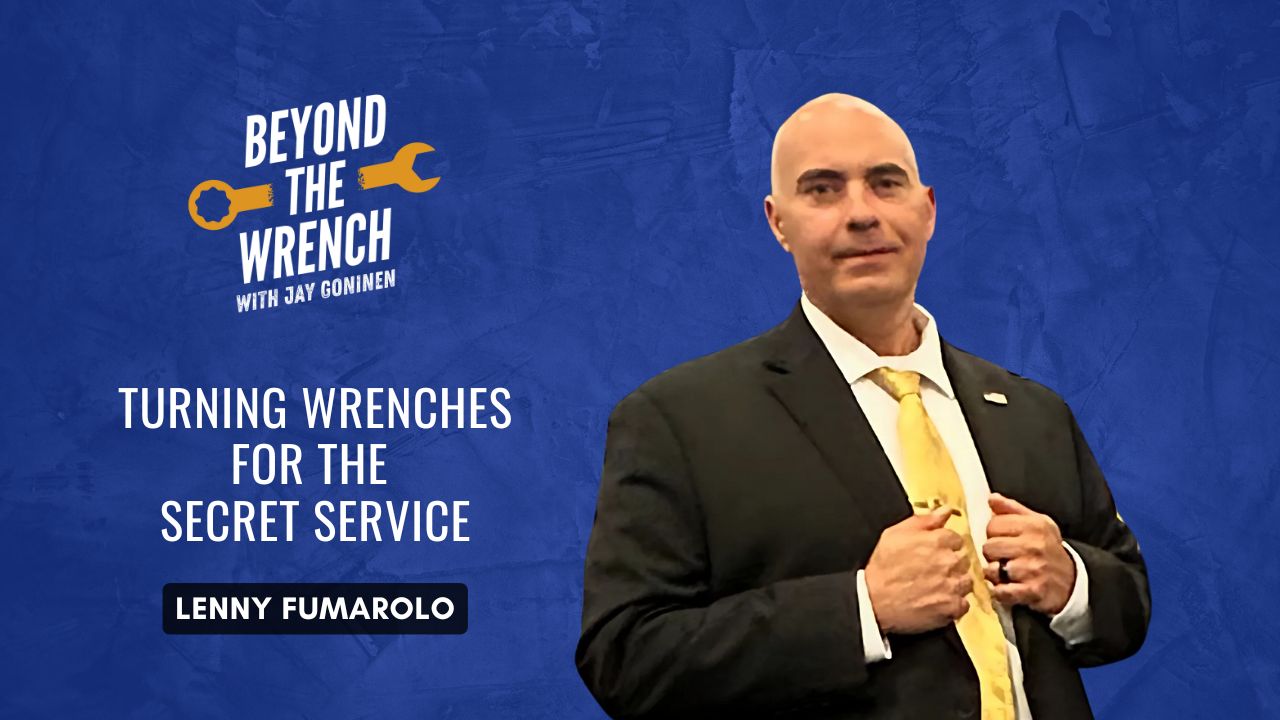In this episode of WrenchWay Weekly, we discuss DIY vehicle repairs and maintenance. Watch the full episode, or review the episode highlights below.
Commonly Performance DIY Repairs & Maintenance
A recent WrenchWay Insiders poll asked, “What repair/maintenance is most commonly done incorrectly by those that haven’t been adequately trained?” Let’s review the responses:
- Installing electronics: 65%
- Changing tires/oil: 17%
- Other: 16%
- Knocking out dents/fixing scratches: 2%
While there may be rare instances where something goes wrong in the hands of a qualified technician, we’re really looking at what happens when unknowledgeable amateur wrenchers get in over their heads.
Today’s Vehicles Are Complex, Multi-Computer Machines
As the survey shows, most problems arise during the installation of electronics. This can involve audio systems, remote starters, and similar components. The days of installing an accessory by simply connecting a few wires to the fuse box are long gone. Modern vehicles are complex machines that involve numerous electronic systems. These sophisticated computers are easily damaged by well-intended, but ill-prepared amateurs.
We’ve all come across situations where tinkerers who watch a YouTube video suddenly think they’re qualified to work on five-figure machines. The survey also reveals other problem areas that technicians encounter like basic maintenance tasks including oil changes and tire servicing. In addition, respondents cite dealing with customers who attempt everything from diagnostics to brake work (responses that fell into the “other” category). Technicians even report dealing with the aftermath of attempted body repairs.
There is no shortage of consumers seeking to go the DIY route, for better or worse.
A Need For Consumer Education
The DIY disasters that can arise when an unskilled consumer bypasses a technician are often the result of miseducation. This frequently begins with auto parts retailers that encourage self-wrenching through misleading marketing. As technicians, we know that there’s a lot more involved with service work than a loaner tool and how-to videos.
Shops and technicians should make an effort to educate consumers about what’s involved with the service process. Such steps can include:
- Explaining that DIY work gone bad can often cost more than professionally-provided service
- Detailing the value and importance of diagnostic work
- Highlighting the value of a technician’s time and skill




